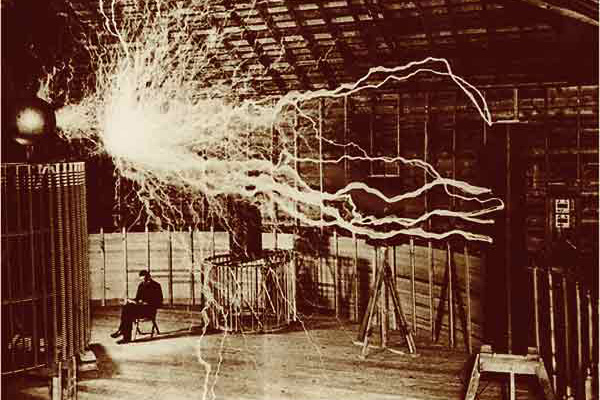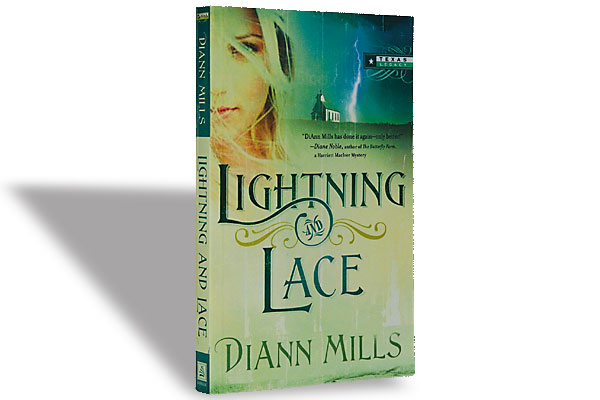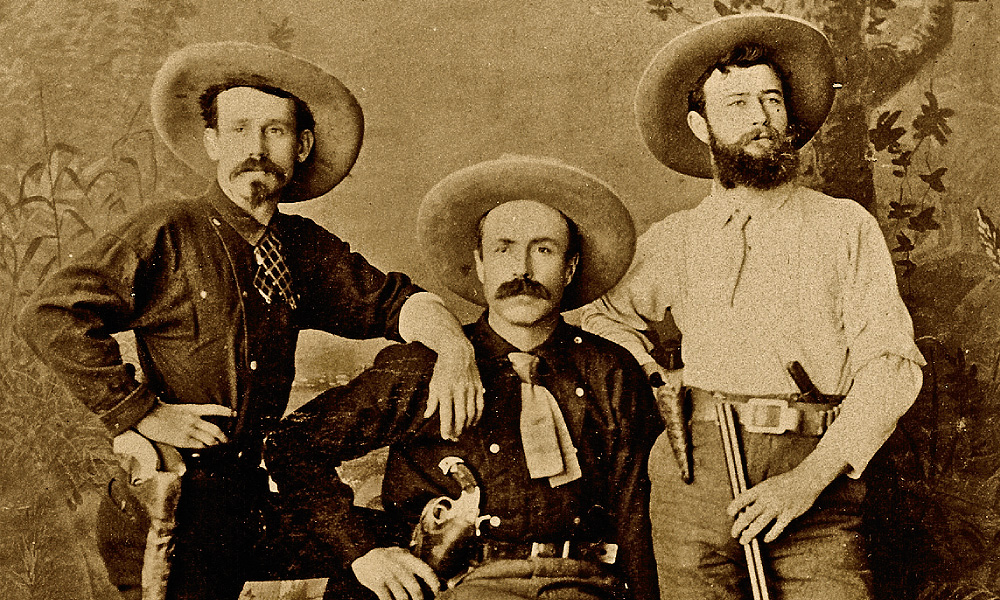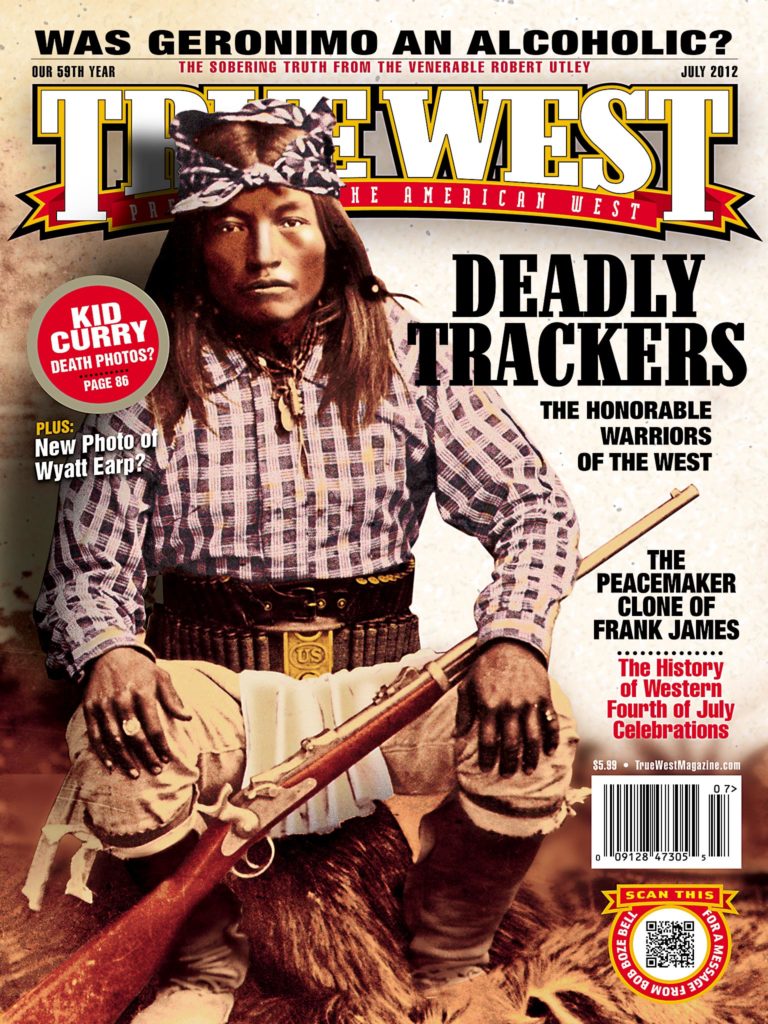
Strange things seem to happen in the Colorado mountains.
Alferd Packer “et” some of his traveling buddies there in the early 1870s, and it’s where socialite “Baby Doe” Tabor froze to death in a broken down cabin near a played-out mine.
Nikola Tesla’s experiments belong on the list. He caught lightning in a building.
Born in Serbia in 1856, Tesla came to New York City in 1884 (and became a citizen seven years later). He briefly worked for inventor Thomas A. Edison, but a dispute over money led Tesla
to start his own company. The two
men were enemies for the rest of
their lives.
In the late 1880s, Tesla developed a system of alternating current (AC) for electricity conduction. Edison had previously patented a direct current (DC) system, so this didn’t help their relationship. Tesla’s ideas were eventually adopted worldwide.
Over the next few years, Tesla worked on x-rays and radio. He built a remote-controlled boat that was the forerunner of many modern weapons (like torpedoes, missiles and bombs) and perhaps of robotics. But others were given most of the credit (and the big bucks). Tesla became increasingly frustrated—yet he continued to work with electricity.
In May 1899, the scientist moved to Colorado Springs, Colorado, after getting an offer of free land and power. He said he was going to send a radio signal from Pikes Peak to Paris (it didn’t happen). His research went beyond that.
In the lab he built outside the city, he discovered earth itself was a conductor of electricity. This insight led him to believe he could send unlimited amounts of electrical current anywhere on the planet. To do that, he needed man-made lightning.
He and his crew built a huge magnetic coil inside his laboratory. At the flip of a switch, giant arcs of electricity ranged through the building. Bluish electric bolts shot out from the 168-foot antennae atop the lab. Voila! Tesla had created his lightning.
The downside? The power surge fried the local electric company’s equipment, and all of Colorado Springs experienced an extended blackout. Tesla received a bill for the damage (and had to start paying for his electricity).
The locals must have been wondering what the heck that strange guy was up to…and the fact is, we still don’t know.
The rest of Tesla’s work in the West is a mystery. He claimed he could illuminate light bulbs more than 25 miles away, simply by sending directed wireless power to vacuum tubes planted in the ground. His notes indicate his attempts to send low-frequency radio signals at high altitudes. But we don’t know if he succeeded in these endeavors.
To top things off, Tesla’s equipment started picking up a repeating signal from outer space. He came to believe Martians were trying to communicate with him. More than likely, these were natural radio waves.
By early January 1900, Tesla was done with his work in Colorado. He moved back to New York and continued his scientific efforts for the next 43 years until his death in the Big Apple. His cremated remains, along with many of his papers and artifacts, ended up at a museum in Belgrade (then Yugoslavia, now in Serbia).
His lab was torn down in 1905. The contents were sold to pay off debts. Maybe Tesla still owed on his electric bill.






